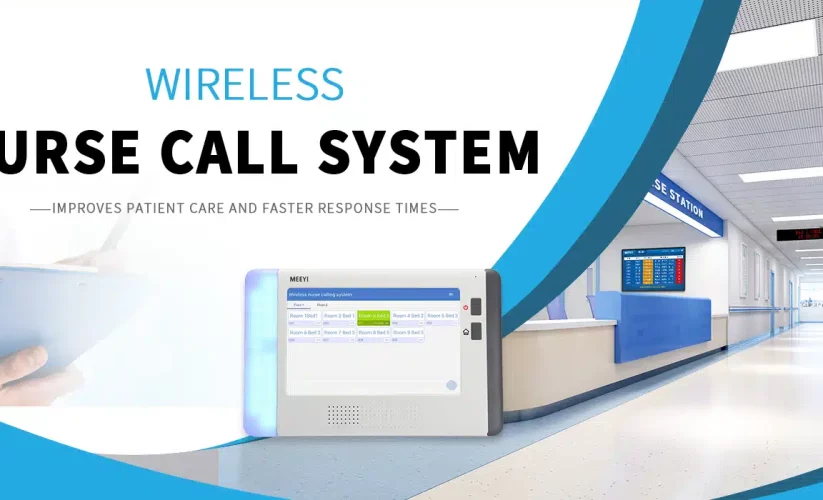Customizing Litigation Tracking Software for Your Specific Needs
Harris Irfan
- September 9, 2025
In today’s legal landscape, the ability to effectively manage cases while ensuring compliance and maximizing efficiency is crucial for law firms. Litigation Tracking Software has become an indispensable tool for legal professionals, enabling them to streamline their operations and enhance collaboration. However, the real power of this software lies in its ability to be customized to fit the unique needs of each practice. This article explores how to customize litigation tracking software effectively and the benefits of doing so.
Understanding Litigation Tracking Software
Litigation Tracking Software is designed to assist legal professionals in managing various aspects of litigation, including case management, deadline tracking, document management, and reporting. By automating routine tasks and providing a centralized platform for case-related information, this software helps law firms operate more efficiently.
Key Features of Litigation Tracking Software
- Case Management: Organizes all case-related information, including pleadings, notes, and deadlines, in one accessible location.
- Deadline Tracking: Sends automated reminders for critical deadlines to prevent missed opportunities.
- Document Management: Allows for easy storage, retrieval, and sharing of documents, ensuring that all team members have access to the latest information.
- Reporting and Analytics: Offers insights into case performance and team productivity, helping firms make data-driven decisions.
- Collaboration Tools: Facilitates communication among team members, ensuring that everyone is aligned on case strategies and responsibilities.
The Importance of Customization
While many litigation tracking software solutions come with a standard set of features, customization is essential to fully leverage the software’s capabilities. Each law firm has unique workflows, case types, and client needs. Customizing the software allows firms to tailor the system to fit their specific processes, resulting in improved efficiency and effectiveness.
Benefits of Customizing Litigation Tracking Software
- Enhanced User Experience: Customizing the user interface and features of the software can make it more intuitive for your team. When attorneys can navigate the software easily, they spend less time searching for information and more time focused on legal strategy.
- Alignment with Firm Processes: Customization ensures that the software aligns with your firm’s existing workflows. This reduces the learning curve for team members and minimizes disruptions during implementation.
- Improved Efficiency: By tailoring features to meet your practice’s specific needs, you can streamline operations and automate tasks that are unique to your firm. This efficiency allows attorneys to spend more time on substantive legal work.
- Better Reporting Capabilities: Customizing reporting features enables your firm to focus on key performance indicators (KPIs) that matter most. By analyzing data that is relevant to your practice, you can make informed decisions that drive success.
- Scalability: As your firm grows and evolves, your litigation tracking software should be able to adapt. Customization allows you to add features or adjust workflows as needed, ensuring that the software remains a valuable asset.
Steps to Customize Litigation Tracking Software
1. Assess Your Firm’s Needs
Before diving into customization, it’s important to assess your firm’s specific needs. Consider factors such as the types of cases you handle, the size of your team, and the workflows you currently have in place. Involve your team in this assessment to gather insights on what features would be most beneficial.
2. Choose the Right Software
Selecting the right litigation tracking software is crucial for successful customization. Look for a platform that offers robust customization options, such as configurable dashboards, customizable fields, and the ability to create workflows that align with your processes. Research various options, read reviews, and request demos to find the best fit for your firm.
3. Define Custom Features
Once you have chosen a suitable software solution, outline the specific custom features you want to implement. This may include:
- Custom Fields: Create fields specific to your practice area, such as case types, jurisdictions, or client categories.
- Templates: Develop document templates for frequently used filings or briefs to streamline document preparation.
- Automated Workflows: Set up automated workflows that trigger actions based on specific events, such as sending reminders for upcoming deadlines or generating reports after case milestones.
4. Collaborate with Software Developers
After defining your customization needs, collaborate with the software developers or your IT team. Discuss your requirements and work together to implement the necessary changes. Ensure that the developers understand your firm’s unique workflows and processes to create a solution that meets your needs effectively.
5. Train Your Team
Proper training is essential for successful implementation. Once the software is customized, conduct training sessions for your team to ensure they understand how to use the new features effectively. Provide resources such as user manuals, video tutorials, and ongoing support to facilitate the transition.
6. Gather Feedback and Make Adjustments
After implementing the customized litigation tracking software, gather feedback from your team about their experiences. Are the new features meeting their needs? Are there additional adjustments that could improve usability? Being open to feedback and making necessary adjustments ensures that the software continues to serve your firm’s evolving needs.
Real-World Applications of Customized Litigation Tracking Software
Case Study 1: A Family Law Firm
A mid-sized family law firm implemented customized litigation tracking software to streamline their operations. Before customization, the firm struggled with managing deadlines and document retrieval. By customizing the software to include specific fields for family law cases and creating templates for commonly used documents, the firm reported a 30% reduction in administrative tasks and improved client satisfaction due to faster turnaround times.
Case Study 2: A Corporate Legal Department
A corporate legal department responsible for compliance issues adopted customized litigation tracking software to manage multiple cases simultaneously. By tailoring the software to include compliance tracking features and automated reporting, the department was able to reduce its average case resolution time by 25%. The customization allowed them to proactively address compliance challenges, enhancing overall efficiency.
Challenges of Customization
While customizing litigation tracking software offers numerous benefits, there are challenges to consider:
1. Resource Constraints
Customization often requires time and resources, both of which may be limited in smaller firms. To address this, prioritize the most critical features and implement them in phases, allowing for gradual improvements without overwhelming your team.
2. Resistance to Change
Some team members may resist adopting new technology, especially if they are accustomed to traditional methods. To mitigate resistance, involve your team in the customization process, emphasizing the benefits of the new features and providing thorough training.
3. Ongoing Maintenance
Customized software may require ongoing maintenance and updates. Establish a plan for regular reviews to ensure that the software remains aligned with your firm’s evolving needs and industry standards.
Conclusion
Customizing Litigation Tracking Software to meet your firm’s specific needs is a powerful strategy for enhancing efficiency, improving client service, and future-proofing your practice. By taking the time to assess your requirements, collaborate with software developers, and train your team, you can implement a solution that not only streamlines your operations but also adapts to the changing legal landscape. For more information on effective litigation tracking solutions, visit Workforcesync.





